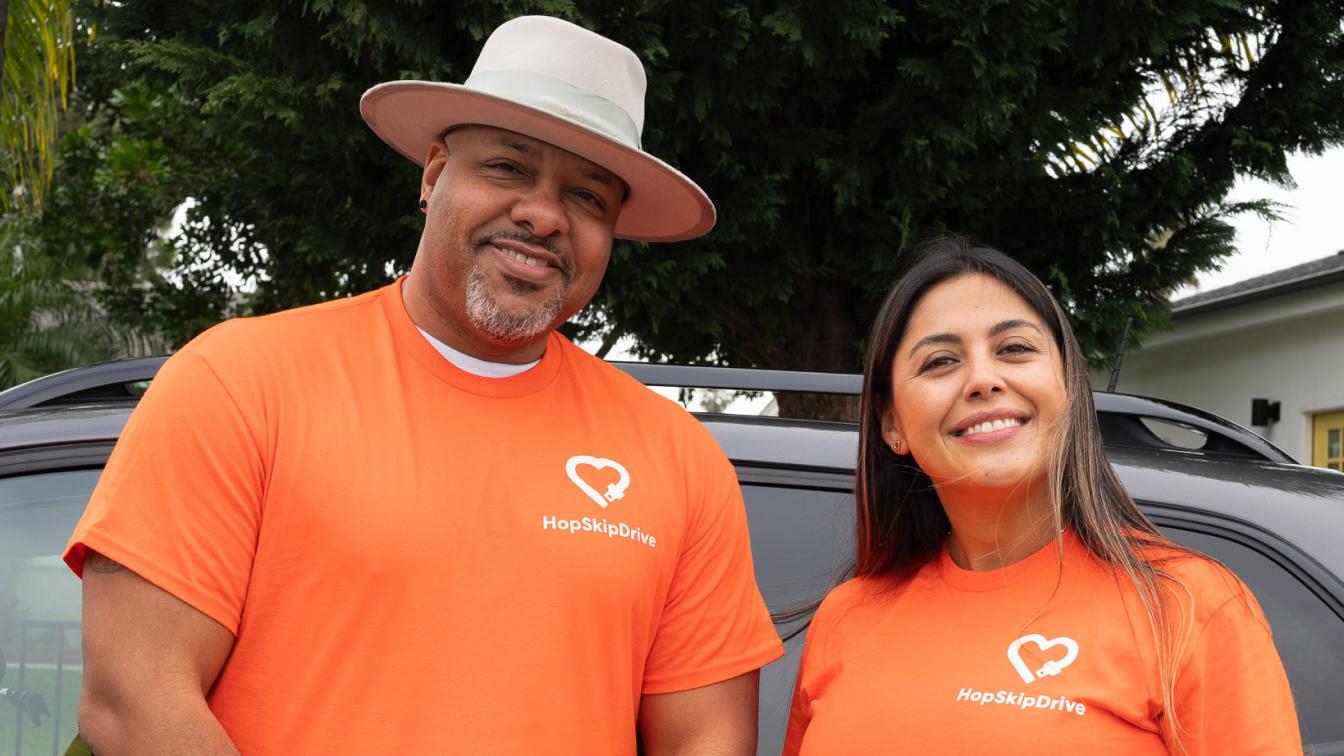Student Homelessness and the Transportation Gap

A growing student homelessness crisis is pushing outdated transportation options to their limit, making it even harder for vulnerable students to get to school. This crisis is exacerbated by the significant challenges school districts face in identifying and tracking students experiencing homelessness. SchoolHouse Connection reports that 48% of students dealing with housing instability missed 10% or more of school days between 2022 and 2023. The majority of these students — 40% of which are Hispanic or Latino, and 25% Black — come from historically underserved communities facing disproportionate barriers to both housing and education.
For many of these students, school is a rare constant. A good education has the potential to reshape their future, but simply getting to school can be a major obstacle. Without access to reliable transportation, a trip to school for these students can be a logistical nightmare leading to absenteeism; inconsistent academic progress; and isolation from teachers, friends, and critical support systems. The transient nature of these students’ lives further compounds these issues, hindering the ability of schools to provide necessary support and resources, and contributing to a cycle of educational disruption.
Student homelessness has reached record levels
Student homelessness has been on the rise for years, but the numbers are escalating quickly. In just the past year, the U.S. Department of Housing and Urban Development (HUD) reported a 39% increase in families with children experiencing homelessness. The challenges these families face — from financial instability to lack of resources — are exacerbated by transportation issues. Without a consistent, dependable way to get to school, even the most dedicated students risk falling behind.
McKinney-Vento ensures transportation access, but schools can’t keep up
The McKinney-Vento Homeless Assistance Act of 1987 recognizes the issues families who are unhoused face, mandating that schools provide transportation to students experiencing homelessness. But even with this legal support, schools often struggle to meet the demand.
The rise in student homelessness is driving a massive increase in demand for flexible transportation options that can keep up. HopSkipDrive has seen a 4,859% jump in McKinney-Vento rides for students since 2020, proving that there’s a real need for reliable, adaptable services.
“Increases in homelessness are not only heartbreaking, but logistically challenging for schools,” Joanna McFarland, CEO and Co-founder of HopSkipDrive, recently told School Bus Fleet. “Compassionate and dedicated district leaders work endlessly to build support and solve for a host of issues.”
Rethinking transportation to keep students facing homelessness in class
Supplemental transportation solutions fill a crucial gap that the iconic yellow school bus can’t. When students are in a situation where they don’t know where they’ll be from one night to the next, traditional options fall short. The school bus simply can’t pick up a single student dozens of miles away, at a different time — or on short notice.
HopSkipDrive bridges that gap by offering a flexible, responsive option that complements traditional school transportation. Offering school districts the ability to schedule rides with just six hours’ notice and make adjustments to rides with only two hours’ notice, HopSkipDrive helps districts keep students in school when pickup locations and housing situations suddenly change.
“The ability to schedule and change rides online with HopSkipDrive really streamlined the process. The app also allows parents/caregivers to schedule and change rides.”
—HopSkipDrive school district partner
Unlike fixed-route buses, HopSkipDrive’s model scales with district needs. Shared Billing options allow districts to split costs when students attend school outside their home district, and real-time tracking provides complete visibility into each ride. Safety is built into every step, from Safe Ride Technology that enables full transparency into the progress of every ride, to a rigorous driver vetting process that requires caregiving and childcare experience.
As the number of students experiencing homelessness continues to grow, schools need transportation solutions that can keep pace with evolving demands. HopSkipDrive provides the flexibility, efficiency, and reliability districts need to meet their McKinney-Vento obligations — without stretching existing resources even thinner.
What if you could provide more reliable transportation for students without overhauling your current system?
Reach out to explore how HopSkipDrive can help.



